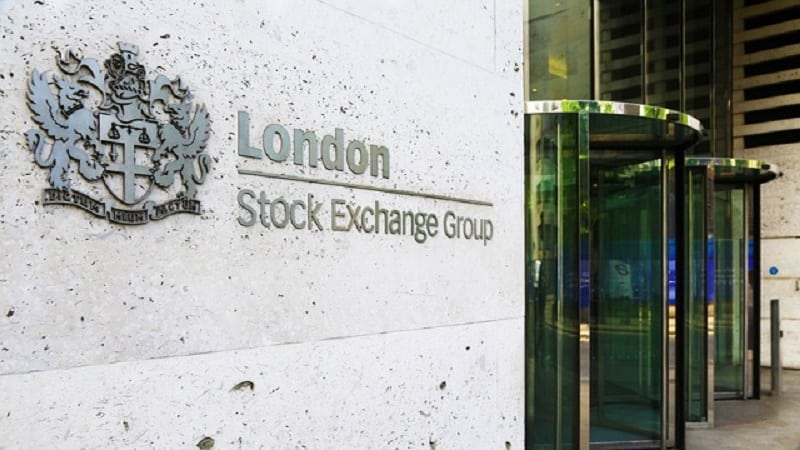Q: What is the biggest change you have seen in the wealth management sector since you joined?
Thirty years ago, the vast majority of assets were looked after on an advisory basis and stockbrokers were remunerated mainly by commissions when trades were transacted. There was less portfolio management and more broking of individual stock ideas. Discretionary fee-paying portfolios were rare and trustees largely would not give discretion.
Nowadays the industry has polarised with either discretionary managed accounts – commonly charged on a fee-only basis – or low-cost execution-only accounts run on platforms. Advisory business has declined, not least due to the specific regulatory requirements involved.
Different assets have become more or less popular. For example, in the UK there has been a move away from investing in smaller-cap domestic companies and an increasing trend towards passive investments with ETFs attracting huge inflows. Passive investment has ballooned, rising from about 1% of the total in the early 1990s to over 50% today. This can work well when markets/indices are rising but risks over-concentration.
An example is the S&P 500 where irrespective of price/value, passive funds keep investing in the largest market capitalisation stocks to maintain their index weighting. As at June 2024, the top 10 stocks in the S&P 500 represented 36% of the index.
We do not know what the impact will be of a prolonged downturn with so much money invested passively. While stocks are currently being purchased, despite being expensive on fundamental value terms, so too could they be sold, irrespective of how cheap they were to become. A virtuous circle could become vicious.
Q: What is the investment topic most often brought up by your clients?
To achieve a real return and not just to outperform a benchmark. This was exacerbated by the 13 years of low/zero interest rates post the financial crisis. Savers investing in ‘low-risk’ assets of cash and government bonds went from receiving over 5% to close to 0% in six months. Although inflation was low, they were still losing.
This drove many to diversify into riskier assets to try and maintain real purchasing power and to achieve an income. It was key that investors understood the implications of their decisions, the pitfalls as well as the potential, and that their advisers were confident of that. Interest rates have ‘normalised’ but inflation remains in focus and higher than the 2% target. Achieving a real return still looms large in investors’ minds.
This article originally appeared in the February issue of Portfolio Adviser magazine











